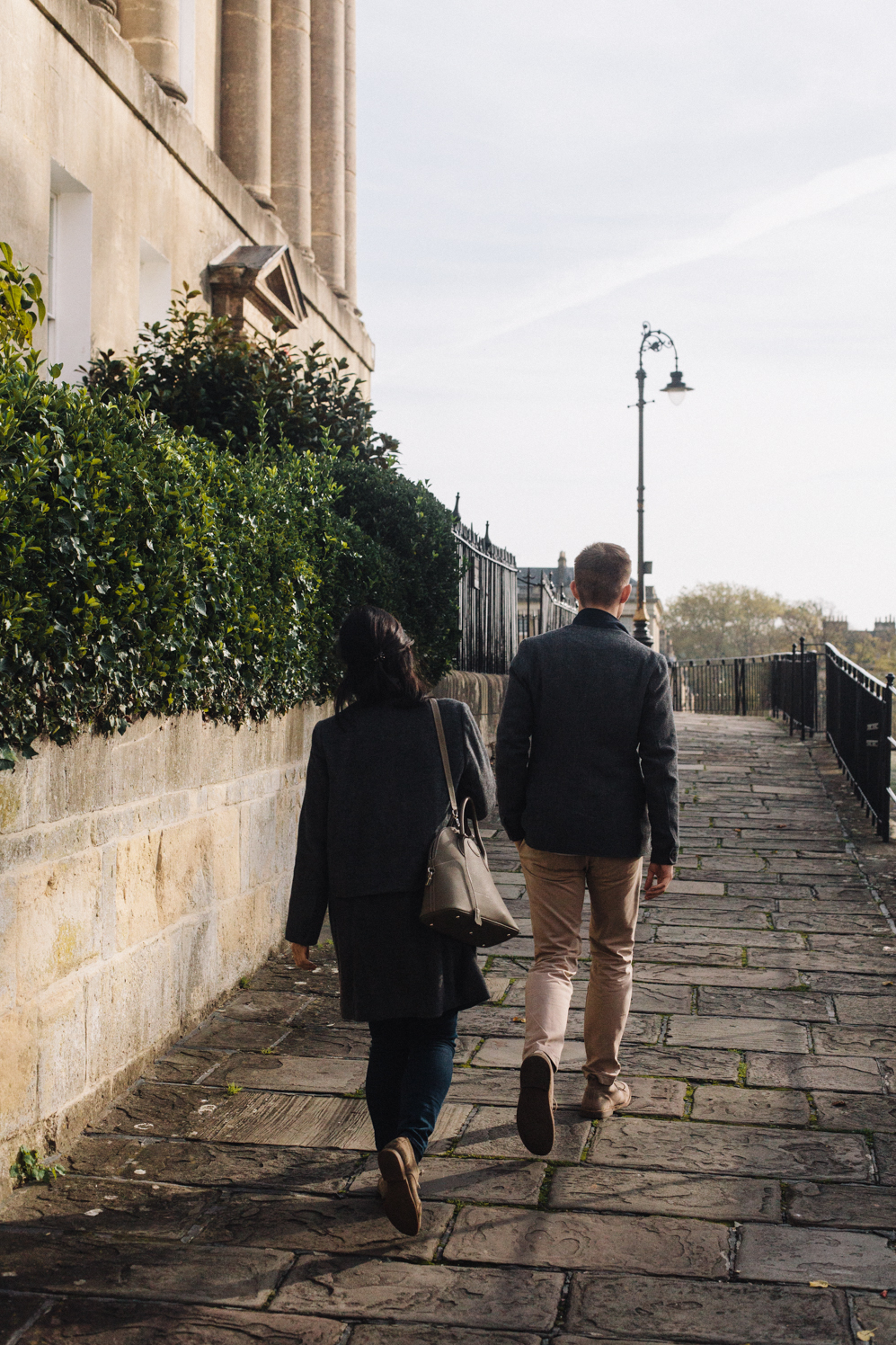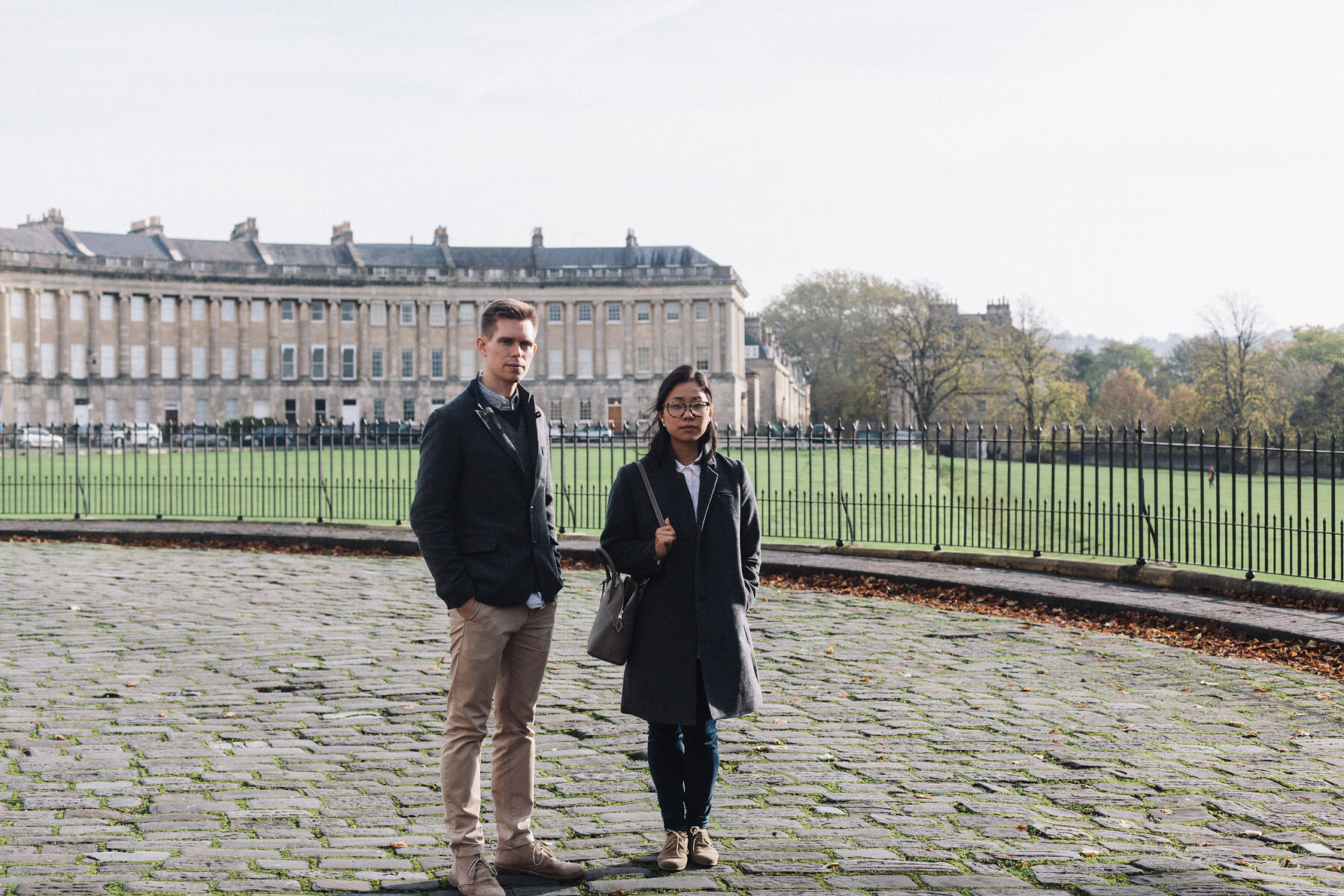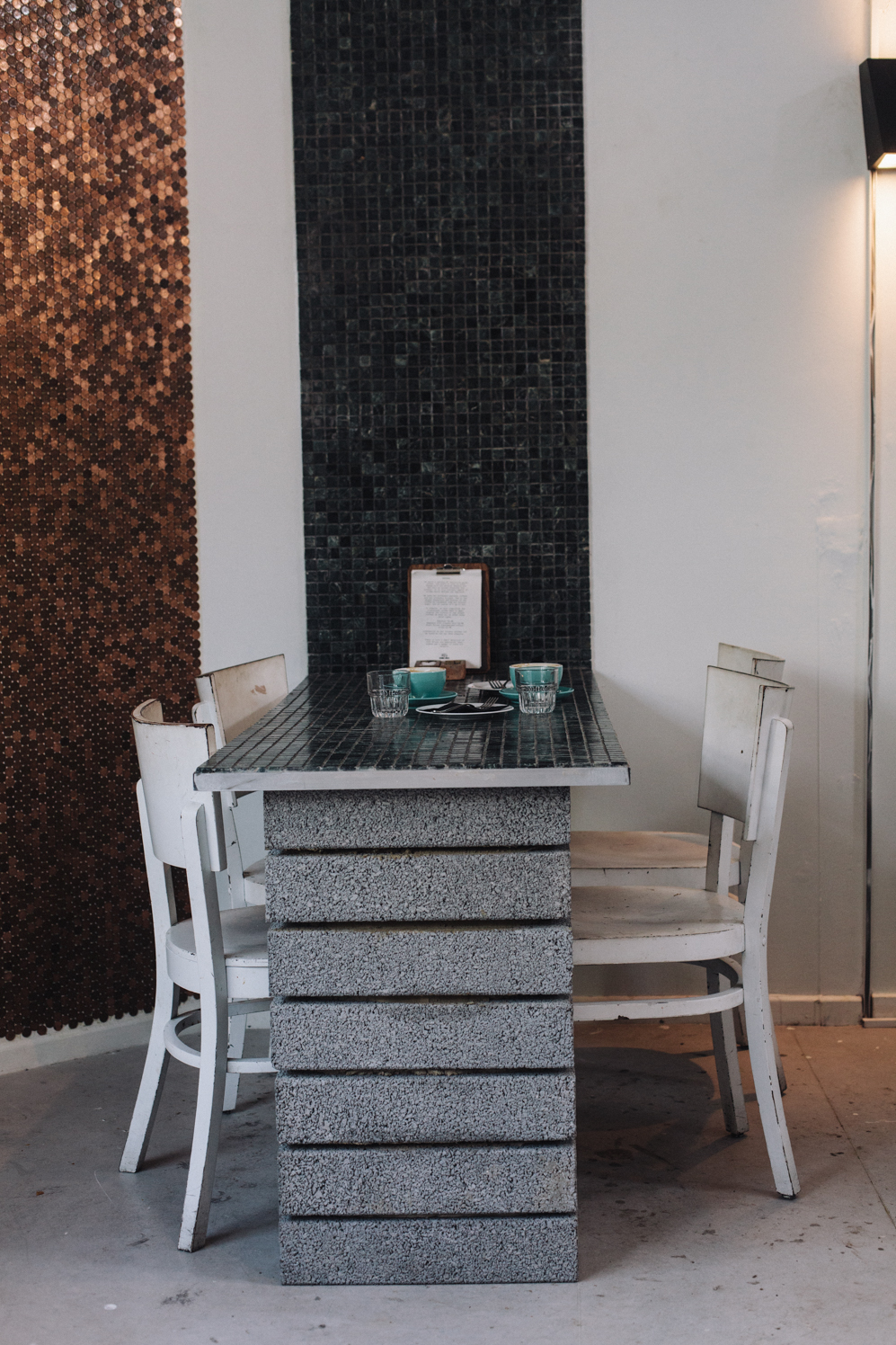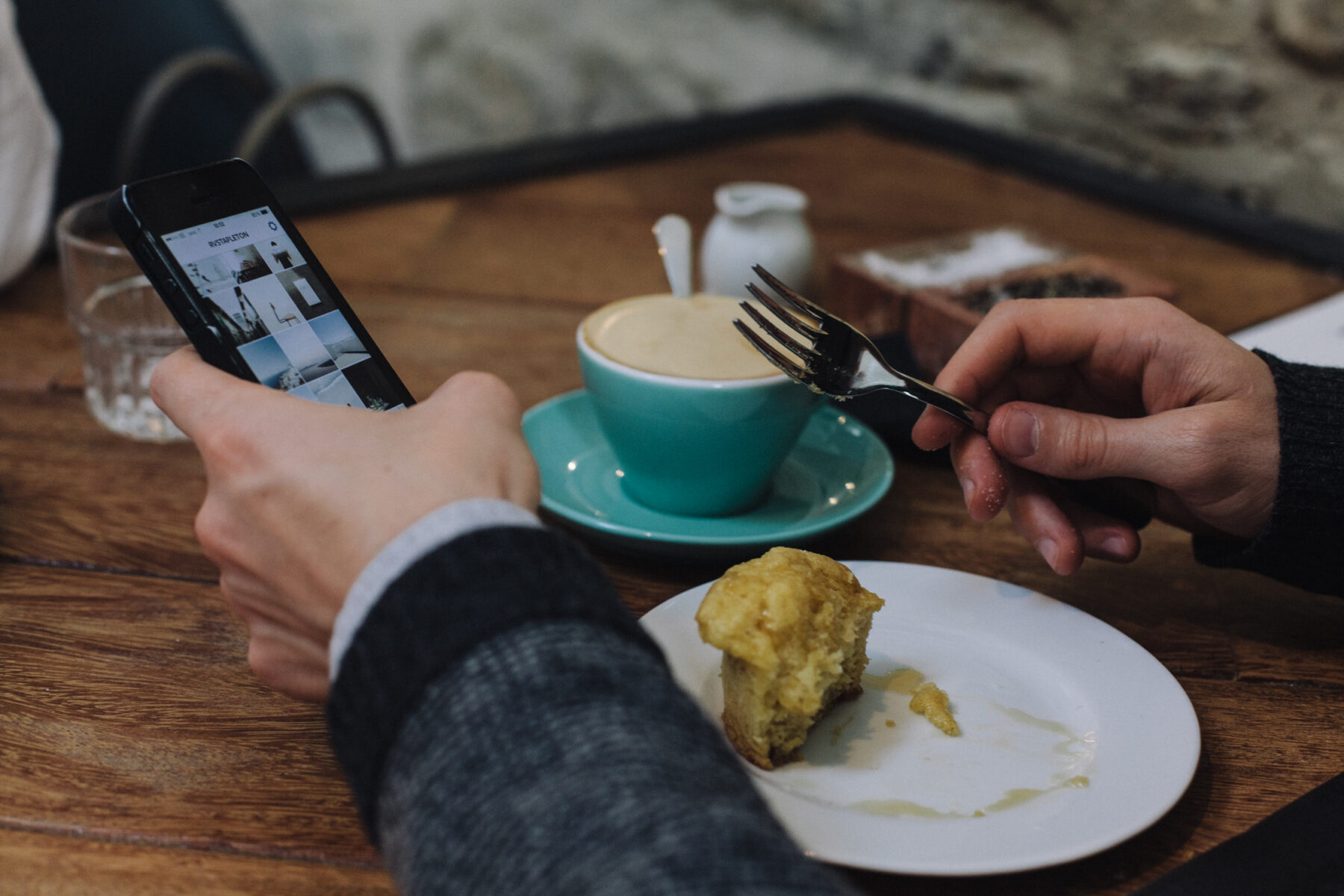A lonely mountain peak juts out of a snowy wilderness. The hard line of its ancient ridge provides the only point of perspective in an otherwise white plain. This view of the Kluane National Park in Yukon sits on the cover of Cereal Magazine Volume 8, encapsulating the visual language and central tenets of the editorial content.
At a time when the field of minimal photography and design is arguably saturated, Cerealpresents a unique aesthetic. Simple, understated, yet deeply engaging, a Cereal image, whether it is seen on the magazine’s staggeringly popular Instagram feed or as part of a 30-page photo essay, is instantly recognizable.
After two years on the shelves of bespoke bookshops, galleries and boutique hotel lobbies, the quarterly has cemented itself among the elite cannon of high quality independent magazines that have lately revitalized the global publishing scene. From the moment founders Rosa Park and Rich Stapleton launched Volume One in December 2012, taping up boxes of magazines themselves on Rosa’s apartment floor, it has enjoyed exponential success; both in terms of production growth and its expansion into a lifestyle brand.





The visual minimalism of the magazine belies the monumental work ethic of its creators. Each issue is painstakingly planned and researched. With a background in engineering, Rich’s approach to laying out Cereal bridges an almost scientific methodology with a voracious fascination with design. In the lead up to the release of a new volume, he can be found at the coalface of Indesign and Photoshop, painstakingly pouring over hundreds of cover options which fractionally vary in tone – a process that Rosa finds amusing and exasperating. In contrast to his systematic work process, she charges through each day, scribbling over feature edits, discussing future articles with photographers and writers, meeting brand collaborators, firing emails to all ends of the globe, all the while ripping her New York accent through the quiet streets of Bath where they have recently found a new apartment.
It is little wonder that Rosa, despite her itinerant approach to life, has chosen to make this small town in the south-west of England her home. The way to their new flat takes you past honeycombs of Palladian adornment curling around the facades of the Circus and Royal Crescent. Sitting over toast and black coffee, they share their perspectives on modern travel, where they seek inspiration and their upcoming new project, a literary journal.

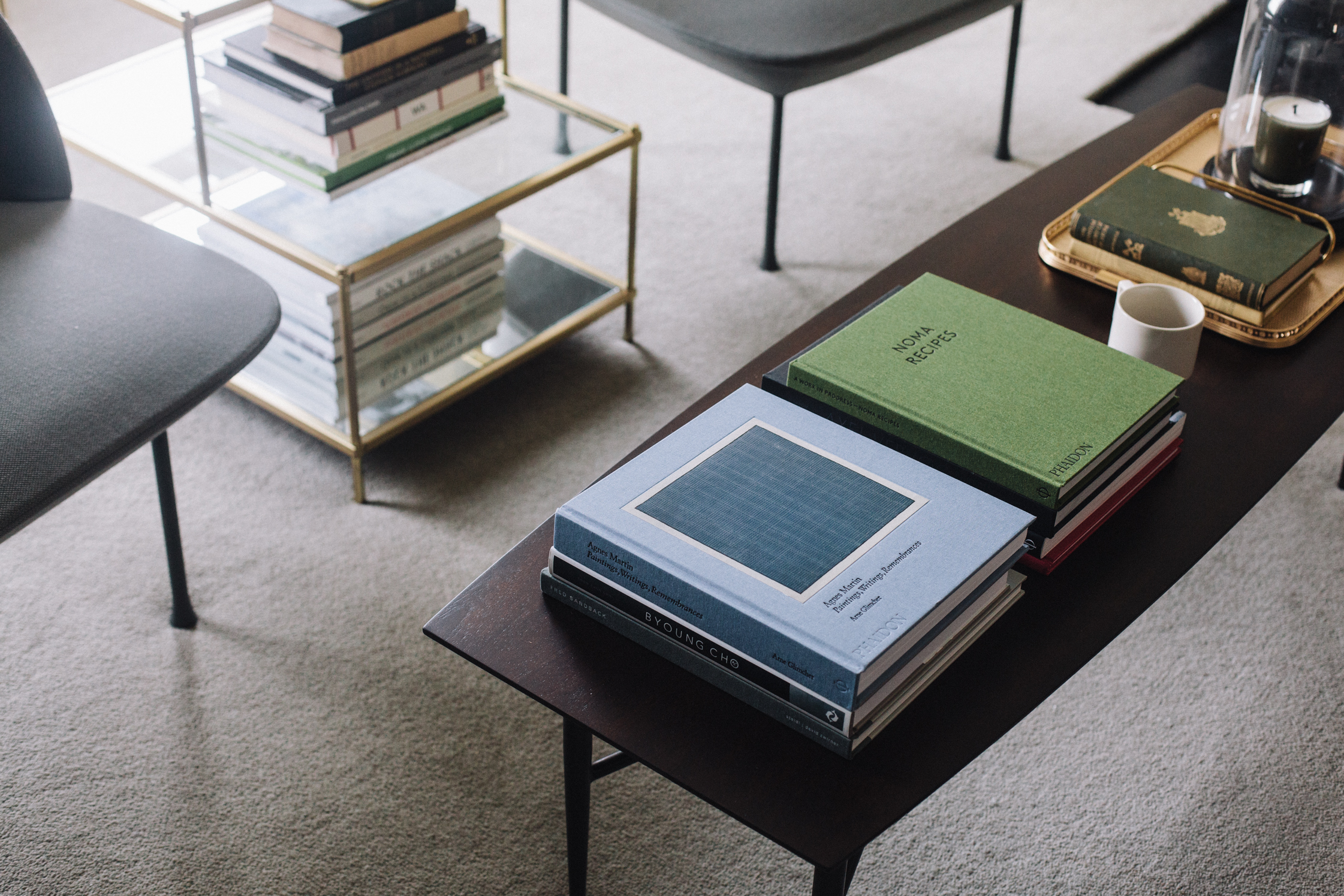

-
You both moved around a lot in your youth, could you give me a quick rundown of where you lived and how these experiences affected you?
Rosa: I was born in Seoul, Korea, then immigrated to Vancouver when I was eight, but ended up going back and forth between the two cities while growing up. For university, I moved to Boston and, after graduation, I relocated to New York where I got my second degree and worked in fashion and beauty marketing for about five years. Finally, I ended up here in England for my Master’s degree and have happily resided here since! Having moved around so much, I don’t necessarily have a physical sense of home and often feel most at ease when I’m on the road. I’m quite taken with the idea of moving to a new city every five years, but perhaps that’s not a realistic or practical lifestyle after a certain point in time when you have to begin thinking about settling down.
Rich: As a family, we moved every two to three years – and as a result I lived in various places in England, Scotland, Germany, Belgium and Italy. I went to university in Bath, traveled for a few years and now I’ve returned here. More than anything, I’m learning to find comfort in familiarity and appreciate what surrounds me. I think this reflective perspective, gained through travel, has helped shape the way in which I explore new travel destinations.


-
To what extent did these experiences push you towards publishing a travel magazine?
Rosa: Travel is an intrinsic part of my life; if habits inform your character, then I am a traveler through and through. As such, it’s one of the topics that I feel most comfortable discussing. I can talk about various destinations and forms of voyage until the cows come home. As such, it makes absolute sense for me to start a travel magazine where I get to share my way of traveling with a readership. I didn’t realise this growing up, but once I knew I wanted to start a magazine, starting a travel one made complete sense.
Rich: I almost always travel with a camera in hand, with the desire to capture the look and feel of a city or the beauty of a natural landscape as an image. This desire to visually record what I encounter is an aspect of personal travel that has extended into what we do with each issue. Print, in particular, is a very emotional medium, and it allows the experience of a particular place to be translated very effectively.


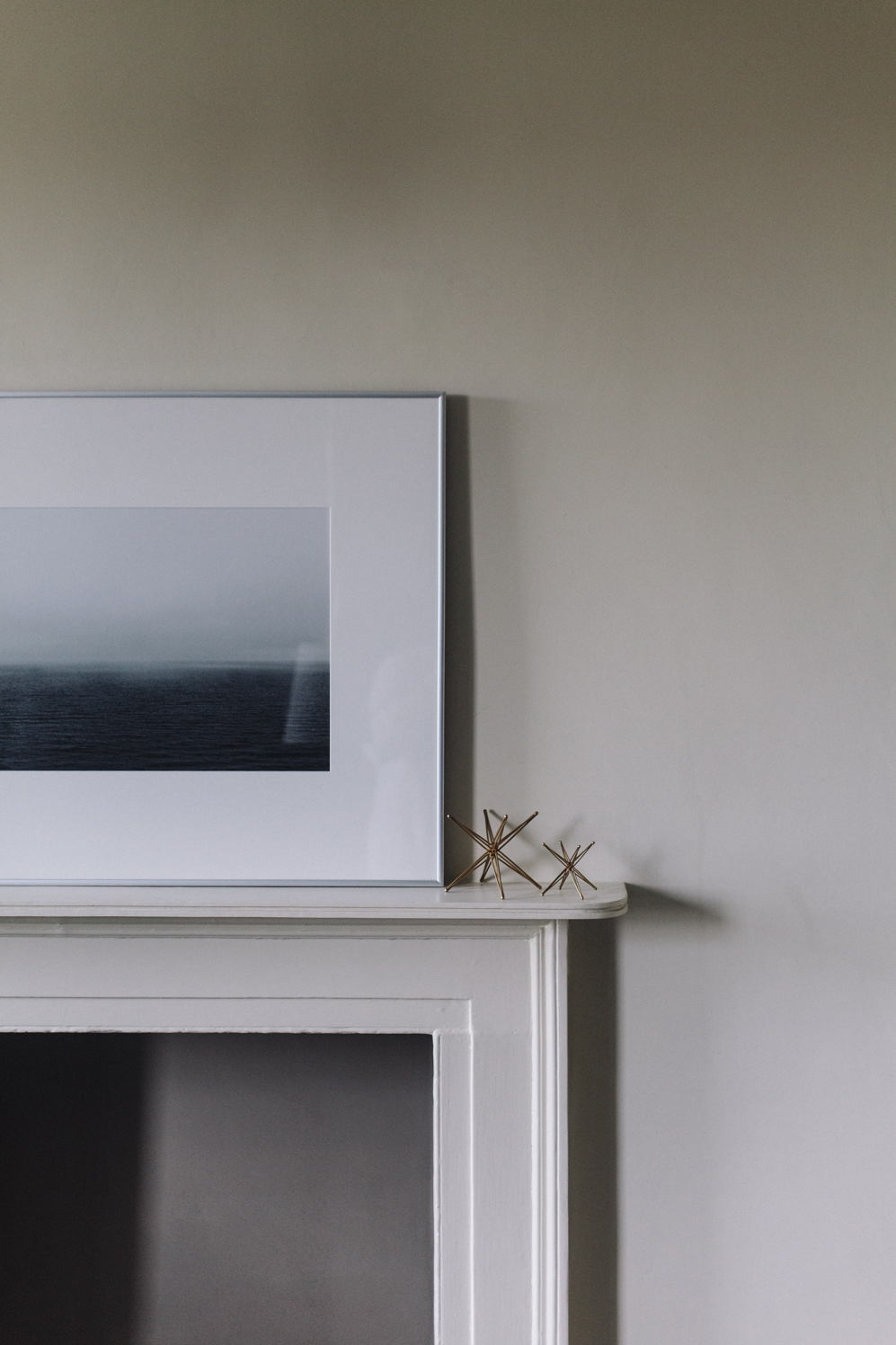

-
What perspective on travel are you trying to give?
Rosa: With Cereal, I am trying to bring a younger, more modern approach to travel. I say younger because the way I travel is quite different from say, my parent’s generation. I seek out places that I believe my peers would want to visit and experience, which means a combination of great service, quality, elevated aesthetic sensibilities and affordability. If it’s a city break, then I want to stay at a lovely boutique hotel in the up-and-coming neighborhood, hang out at beautifully designed, laid-back cafes, and shop at well-curated lifestyle shops – places that the locals would patron. If I’m searching for something a bit more far-flung and exotic, then I am going to make sure I am in for the kind of visual drama that you have to travel days and sometimes weeks to reach. It’s all about having an experience that feels unique to you and isn’t simply ticking off an item off your bucket list, like the pyramids of Giza or the Great Wall of China, or staying in the center of town doing your typical touristy stuff.
-
What do you think people find appealing about this perspective?
Rosa: I think it attracts our readers because it can be daunting and sometimes challenging to find this kind of information online or through your usual roster of guide books. We do the hard work for you: we visit the places, we research and test out the venues, then we bring you a carefully edited selection of what we believe is the best. People these days always want to have a “special” experience that seemingly deviates from the mainstream, and I think we provide that.





-
What makes a great Cereal Magazine photo series?
Rosa: Hmm – when it comes to travel photography, we consistently try to imprint our visual identity on to the scenery no matter where we visit. So we will find the clean, minimalism in every destination! For me, a great photo series is one that you can instantly tell is produced by us without even having to check. Then we’ve done our job.
Rich: Exactly. Wherever we travel, we are always looking at the landscape through a Cereal lens. Our series tend to employ a wide, expansive style of photography, with plenty of negative space. They are a combination of photos that work well together, not just as individual images. It is important that this visual identity is a current that runs through the core of every series we produce.
-
While your magazine’s aesthetic and design often seem to generate the most attention, it seems that the quality of writing forms the backbone of the editorial, would you agree?
Rosa: I would have to agree, but then again, I’m biased. I’m the editor after all! The visuals of our title is indeed what attracts the most amount of attention, but for me, the magazine would be nothing without the writing. We go to great lengths to ensure that our writing standard is as high, if not higher, than the standard of our photography. Every article is intensely researched and fact-checked, and I think our writers are just amazing.
-
You mentioned that you were considering publishing an editorial that only features written work, tell me about this.
Rosa: Yes! We are currently working on a literary journal which we are looking to launch in 2015. It’ll begin as an annual, and I’ll see what the response is like and go from there. I suppose it’s in some way a reaction to how visual this publication is. At the end of the day, words are my life and I’ve long wanted to start a project that placed the written word at centre stage. This will do exactly that, and it’ll also be a chance to go crazy with fonts and calligraphy!
-
With publications in mind, are you glad you chose to start a magazine?
Rosa: The answer depends on which day you ask me that question (laughs). Today, my answer would have to be yes. Running your own independent magazine is gruelling and it definitely pushes you to your limits, but what you accomplish makes it worthwhile.
Rich: I find the experience rewarding and exhausting in equal measure. All in all, for me, there’s nothing quite like the feeling of holding a freshly printed volume of Cereal in my hands, the result of months of hard work.
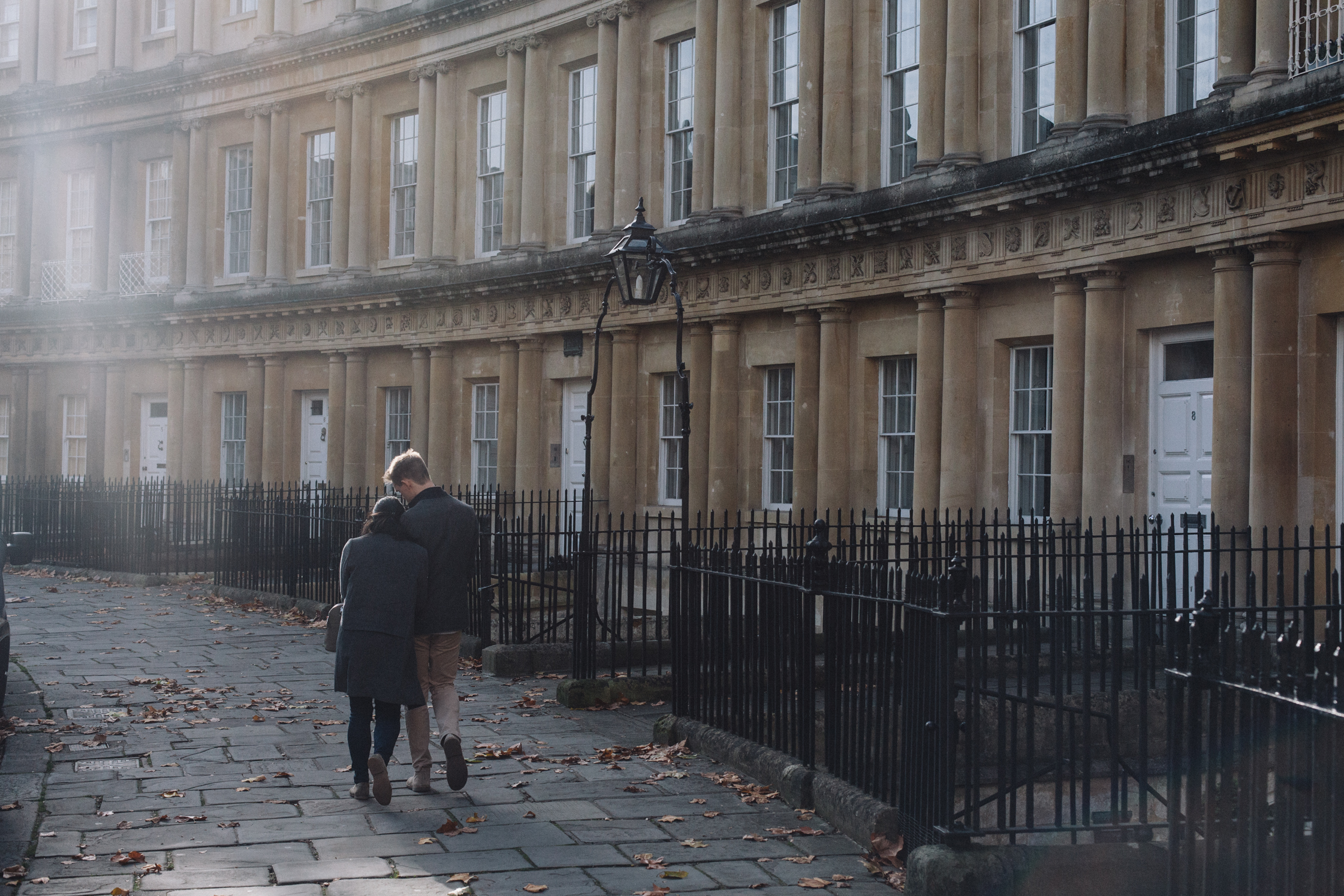



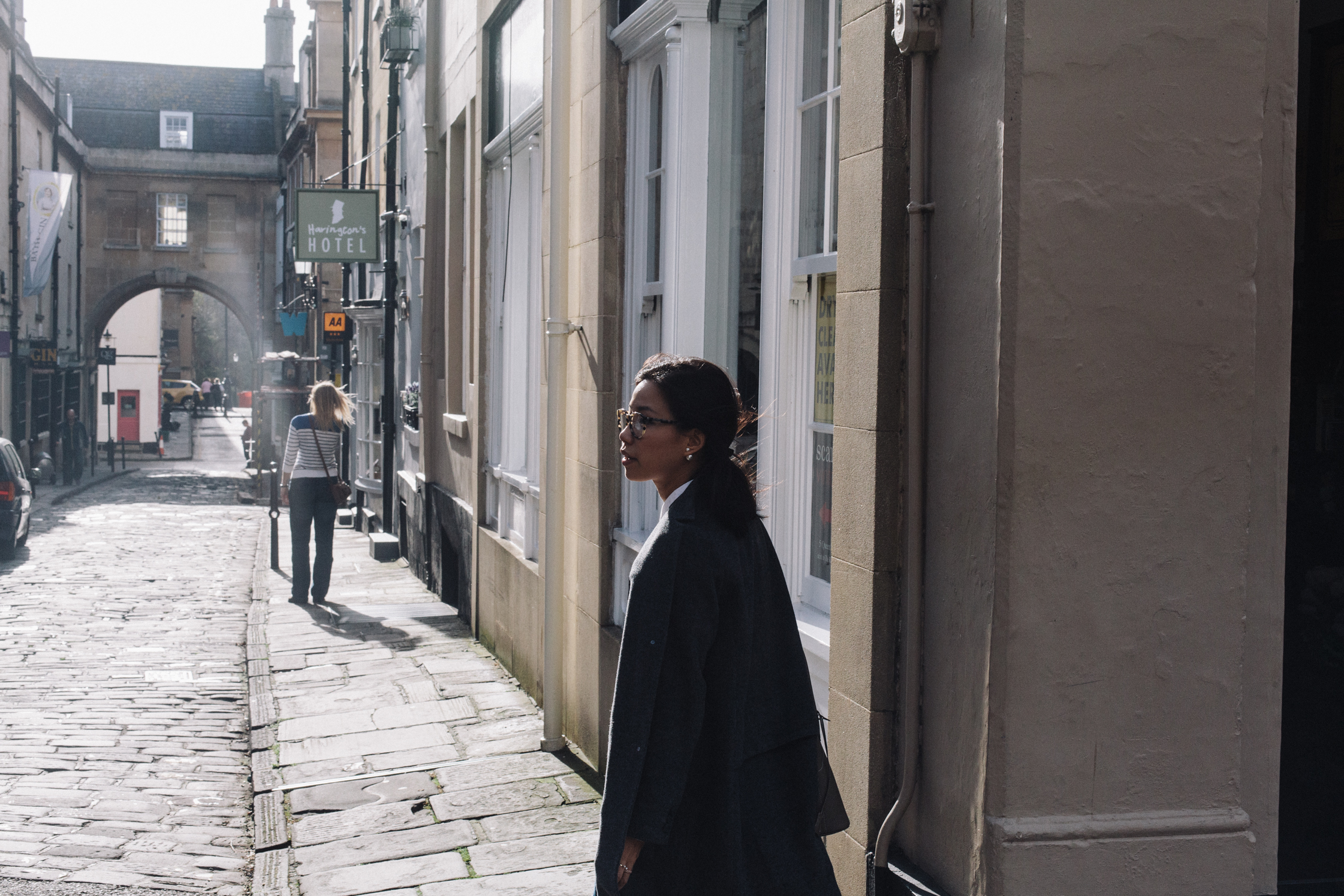
-
Where do you look for inspiration?
Rosa: I mostly look to travel, books and art for inspiration. I guess most people in the industry do. Sometimes I delve into my past for inspiration; I do that because I am constantly trying to figure out what’s truly me and in order for me to do that, I look into my history and see what I’ve always loved and stayed loyal to.
Rich: My sources of inspiration are constantly in flux but tend to be very visually orientated. Recently I have been finding inspiration in the work of Agnes Martin, Sugimoto and Fred Sandback. I am also fascinated by architecture; there are simple foundations in architectural sketches that translate very well into photography and editorial design.
-
Despite traveling for most of the year, you have chosen to make Bath your home, why here of all places?
Rosa: Bath is the one place where I feel sane. I’m easily influenced by my surroundings and being in big cities can drive me a bit crazy after awhile. I know that from experience! Prior to Bath, I only lived in big cities and I felt that it stifled my creativity and slowed down my productivity. Bath allows to me to zero in on what’s important and gives me a kind of clarity that I can’t attain elsewhere. The beauty of this town also makes me swoon; I fall in love with Bath every single day.
Rich: I find Bath’s familiarity – it is the place I have lived the longest – combined with the city’s aesthetic heritage, thanks to wide-spread architectural use of Bath stone, has a somewhat calming effect on me. This sense of personal quiet allows me to concentrate on what’s important, the production of the magazine.
-
What are your favorite places in the area?
Rosa: I love browsing for books at Bath Old Books and Topping. For general lifestyle needs I always go to Found, and for breakfast and lunch, my go-to spot is Sam’s Kitchen. For coffee it’s Colonna & Small’s or Society Cafe. If I’m in need of flowers, Passion is the best. And I love sitting out in Queen Square as well as the front lawn at the Royal Crescent.




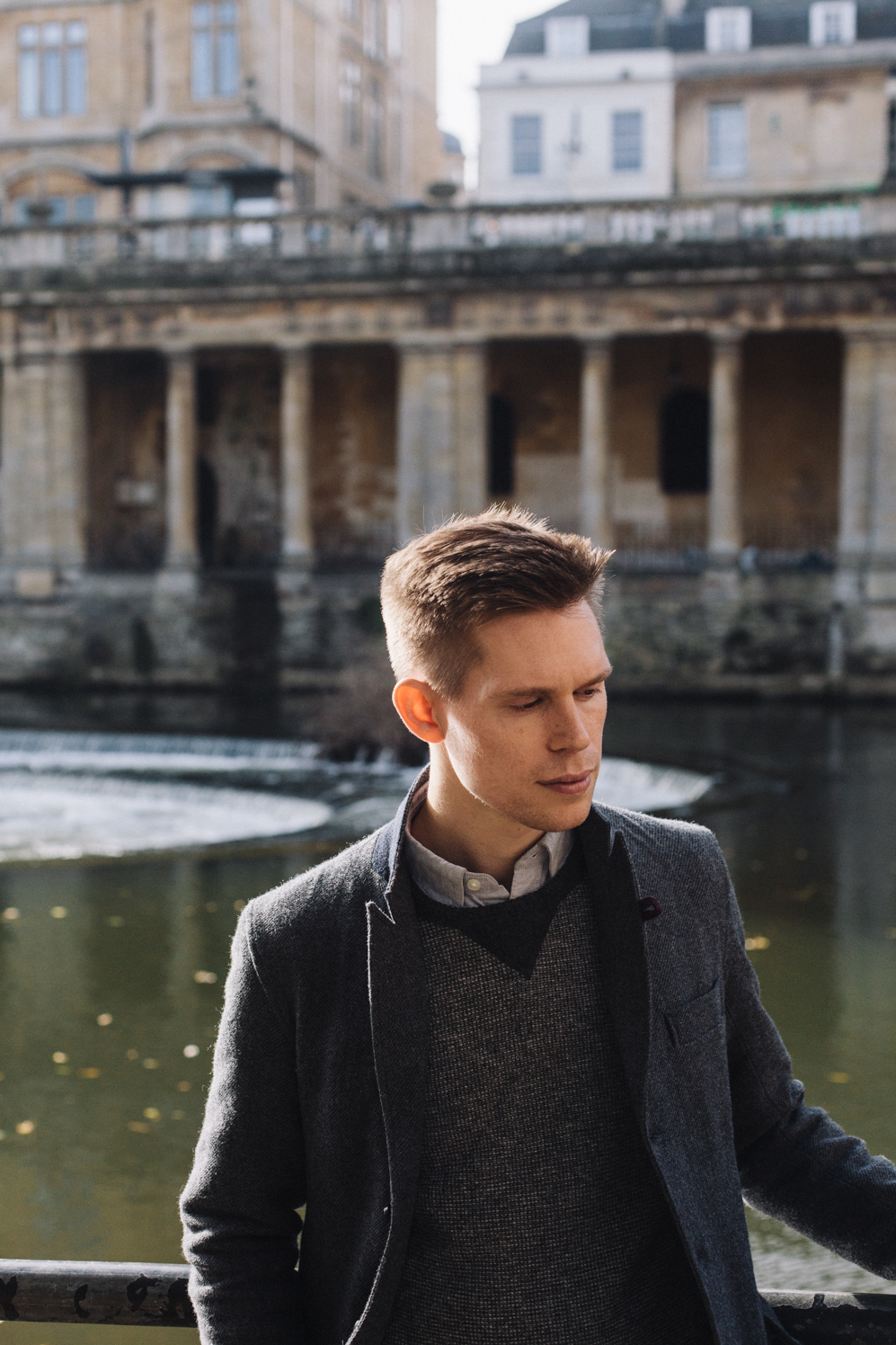


-
I was recently discussing the idea of “home” and what it means today. This seems like a particularly pertinent topic for you both, because it’s my impression that despite traveling the whole time, you get great joy from being at home and curating that environment.
Rosa: I think home is where you feel the most relaxed. And you’re likely to feel this way in a setting that you’ve taken the time to set up and curate to your liking and tastes. I have made sure that my home is a reflection of my preferences, and as such, there is nothing better than lazing around on a weekend morning with a cup of coffee and a pile of mags and books with some lovely background music. It’s such a simple pleasure, and it’s a welcome counter to how much traveling I do. I think in life – at least in mine – you’re constantly seeking balance, and with all the traveling my job requires, there’s a need for a place you can come back to and have as your base. So there is a great amount of joy derived from that entity.




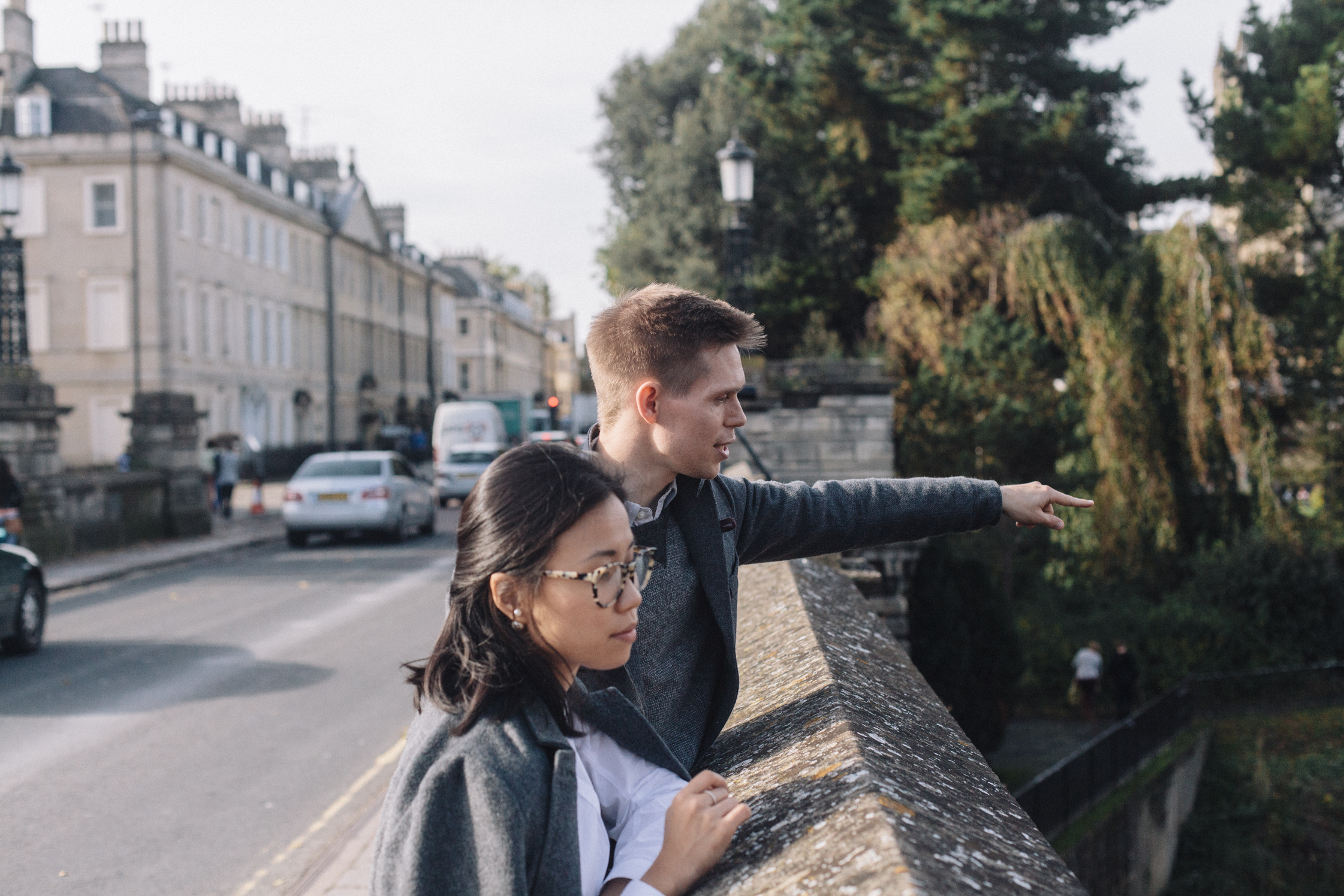


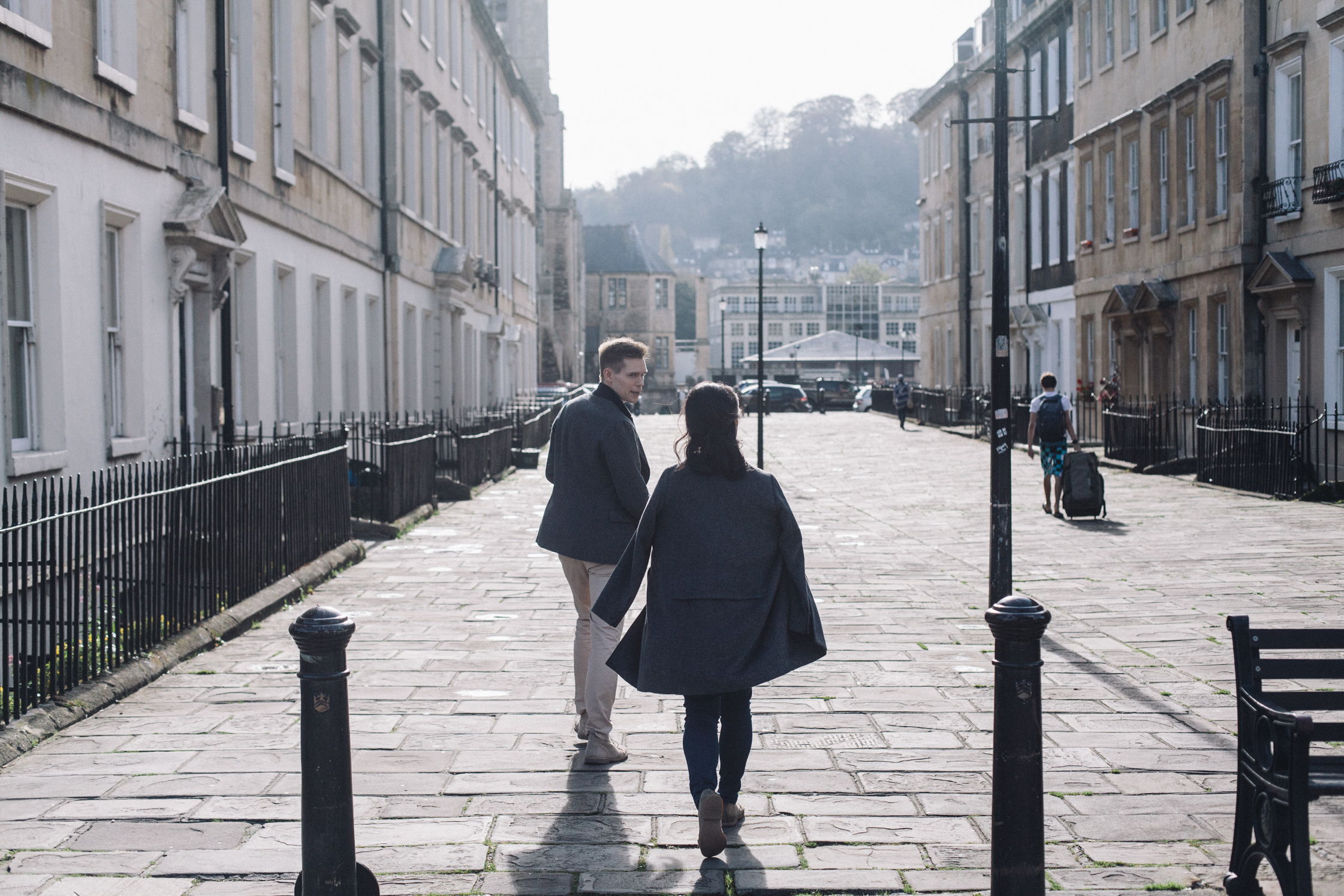

Rosa and Rich, thank you for taking the time to discuss with us in your warm home and show us around the wonderful city of Bath.
We’ve chatted with a lot of creatives in the UK over time – have a look at all the people we’ve met in London, Bristol and Gravesend.
Photography: Robbie Lawrence
Interview & Text: Robbie Lawrence



